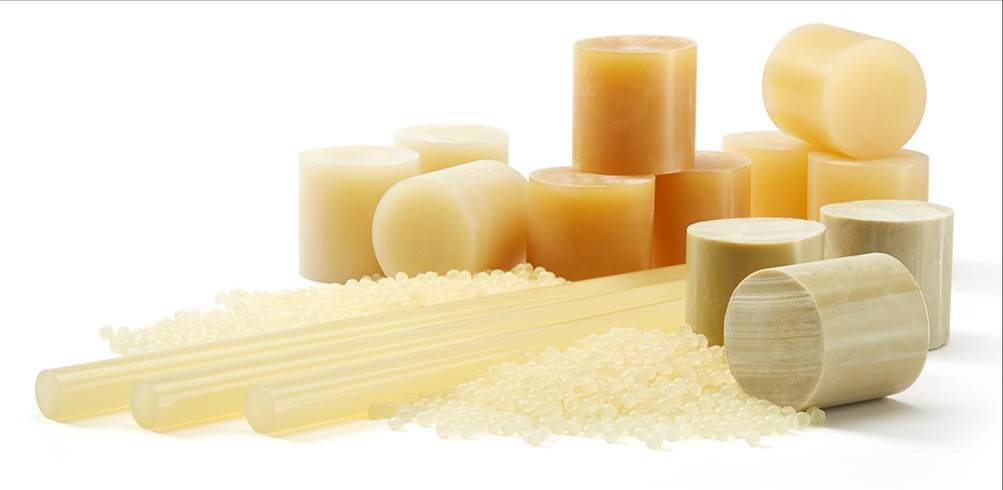Children are notorious for doing things they are specifically told not to do! Parents, you can relate, no? You try paying attention to their every move, but of course, it is impossible to monitor them 24/7. And they are out of your sight when at school.
Hence, no matter how cautious you are, you will (almost) always find them (and yourself) in the middle of an unnatural event, the most common being eating glue sticks (just for the sake of tasting it!). As funny as it may seem, it is quite common among school-going children.
But before you get all worked up about your child eating glue sticks, check out this article to know what happens when they eat glue sticks.
Why Do Children Eat Glue Sticks?

Children are adventurous. They want to explore the world and different objects. And when it comes to glue sticks, naturally, they want to taste and feel the texture of what looks like an interesting white-colored object for them. But it is surprising to note that it’s not just children. You will find many adults tasting and eating glue sticks.
The reason, of course, differs. Adults eat glue sticks mainly due to mental health disorders and when they crave to eat unnatural foods. This craving for eating non-edible objects is called pica. And even if it sounds odd and unbelievable to you, it is true. This behavior is quite common among people of all age groups, with playschool goers and toddlers falling under the majority group.
Composition of Glue Sticks

Now that you know how frequent this atypical behavior is, here is a short read on what happens when one eats glue sticks. But before that, let us find out what a glue stick is made up of. Generally, a glue stick consists of –
- Polyvinyl Acetate (PVA) – It is a water-soluble synthetic polymer that imparts adhesive properties to glue sticks.
- Emulsifiers – Ether compounds and sodium stearate that lubricate the dried-up glue to work smoothly.
- Ethylene Glycol – It is an alcohol compound that prevents the drying up of the glue in its container.
- Alkali Buffers – Usually, sodium hydroxide and other alkali compounds are used to neutralize the acid content of the glue.
Here, it is interesting to note that we now have a variant of the usual glue stick. This is the “non-toxic” Elmer’s glue. The difference is that this non-toxic glue does not contain the acidic PVA. Instead, it uses starch and other non-acidic adhesives.
Hence, it is comparatively safer than other types of glue. Apart from starch, non-toxic glues generally consist of gelatin or glycerin instead of synthetic PVA. That being said, even when labeled non-toxic, it is not meant to be eaten as it contains other chemical substances. These chemicals may not directly threaten life, but they are not exactly harmless either.
What Happens When You Eat Glue Sticks?

Just like any other non-edible substance, our digestive system attempts to excrete glue sticks when eaten. And this does not happen pleasantly. Whether toxic or non-toxic, glue sticks are not meant for human consumption. Naturally, the body will try to discard it as soon as it enters.
This is a very uncomfortable process, and the manifest symptoms include nausea, vomiting, increased frequency of bowel movements, loose stools, and a loss of appetite. The severity of symptoms, however, depends upon the following factors – the amount of glue ingested, age of the person, general health condition, and type of glue (toxic or non-toxic). If it is the regular craft glue, the symptoms are not really grievous and fade away over a short period because it is usually non-toxic.
Again, we are assuming that it is just a lick of the glue and not ingesting an entire solid piece of it. If you do, you may also experience moderate to severe stomach aches and all sorts of digestive disorders apart from the above ones. Toxic glue (the one that you use to assemble furniture or stained glass), however, produces a more profound effect. It can cause dizziness, breathing trouble, and even palpitations.
Now, coming to the most noteworthy point. Whether labeled as “toxic” or “non-toxic,” if you literally EAT a glue stick (whole or even a part of it), you are in danger of choking yourself. Glue, being adhesive, will stick to the respiratory tract and the stomach lining. Thus, it may block your respiratory tract, causing breathing difficulties and even choking. And when it lines the stomach, the colic is nearly unbearable.
If you or your child has been inadvertently consuming small amounts of glue, it’s vital to consider the safety of household adhesives and the importance of edible-grade ceramic bonding solutions to prevent chronic symptoms.
That is, long-term eating of glue sticks leads to indigestion, irregular bowel habits, skin rashes, tongue ulcers, tooth decay, or even breathing distress.
Management in a Case of Glue Stick Consumption

The first step to do when you notice your child or a known person licking or eating glue is to take it away from them. If they have just licked it, ask them to rinse their mouth thoroughly. Swish water around the mouth before the glue binds to the teeth or enters into the digestive or respiratory tract.
If, however, they have eaten a chunk, call 911 or the Poison Control Helpline. Non-toxic glue, if consumed in a very small amount, will usually pass through the bowels while producing minor discomfort. But if you feel that they are having shortness of breath, immediately call for help.
How to Stop Eating Glue?
Talk to your child about the effects of eating glue and why it is harmful to stop them from eating glue sticks. If you or an adult that you know is into this habit and cannot stop, consult a mental health professional. It is always safe to lock glue and other potentially harmful substances in such cases until they overcome the habit.
Conclusion
Eating glue sticks is not a normal phenomenon, but it is surprisingly more common than you think. Children, due to their lack of knowledge, and adults, due to mental disturbances, undertake it as a habit.
With proper guidance and learning, one will be able to overcome it. However, if doing it “just for fun,” you should know that even non-toxic glue is unsuitable for your body and will cause harm if it continues for a long.
Have you ever tasted glue? What symptoms did you experience? Let us know in the comments below.

